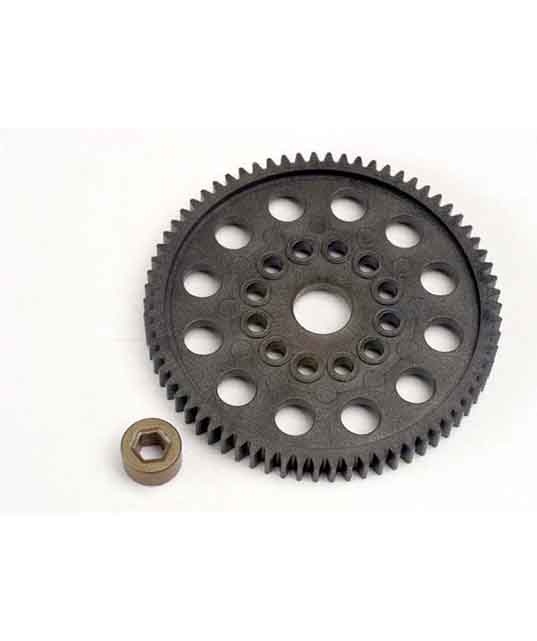Spur gear teeth are essential components in the mechanics of many machines, ranging from simple clocks to complex industrial power plants. They come in a variety of shapes and sizes, depending on the specific application and requirements of the machinery. However, regardless of their shape and size, one common problem faced by spur gears is interference.

Interference occurs when two gears mesh together but the involute profile of one gear does not properly mate with the involute profile of the other gear. This can happen when the number of teeth on the smaller gear is less than the required minimum. Interference causes the gears to jam, wear out quickly, and produce noise and vibration.
To avoid interference, one solution is to use undercutting. Undercutting involves removing material from the base of the gear teeth to create extra clearance, allowing the tooth to mesh with the non-involute portion of the mating gear. However, this solution has its flaws. It leads to tooth weakness, reducing the gear's load-carrying capacity and durability.
To solve this problem, corrected gears were introduced. Corrected gears have a slight variation in the tooth profile, allowing it to mate correctly with a non-involute portion of the other gear. Corrected gears are manufactured by shifting the cutter rack upwards or downwards, which alters the shape of the teeth.
Corrected gears are manufactured by either involute profile or cycloidal profile, and most gears are produced by involute profile with a 20 pressure angle. The choice between involute profile and cycloidal profile depends mainly on the specific machinery's requirements.
Cycloidal profile gears are less likely to experience interference as they have a constant contact ratio, and their teeth mesh in a rolling motion, making them less prone to damage. However, they are more challenging to manufacture and not widely used.
Involutes, on the other hand, are simpler to manufacture and are widely used in various machinery. However, they are more prone to interference due to the varying contact ratio as the gears rotate, and the teeth mesh in a sliding motion.
In conclusion, a careful selection of corrected gears can help prevent interference and prolong the life of spur gears. Manufacturers must take into consideration the machinery's requirements, choosing between involute and cycloidal profiles to optimize gear performance, durability, and load carrying capacity. Avoiding undercutting and tooth weakness is key to the longevity and effectiveness of spur gears. Corrected gears are the solution to the problem of interference in spur gears, ensuring efficient, reliable machinery for a wide range of applications.